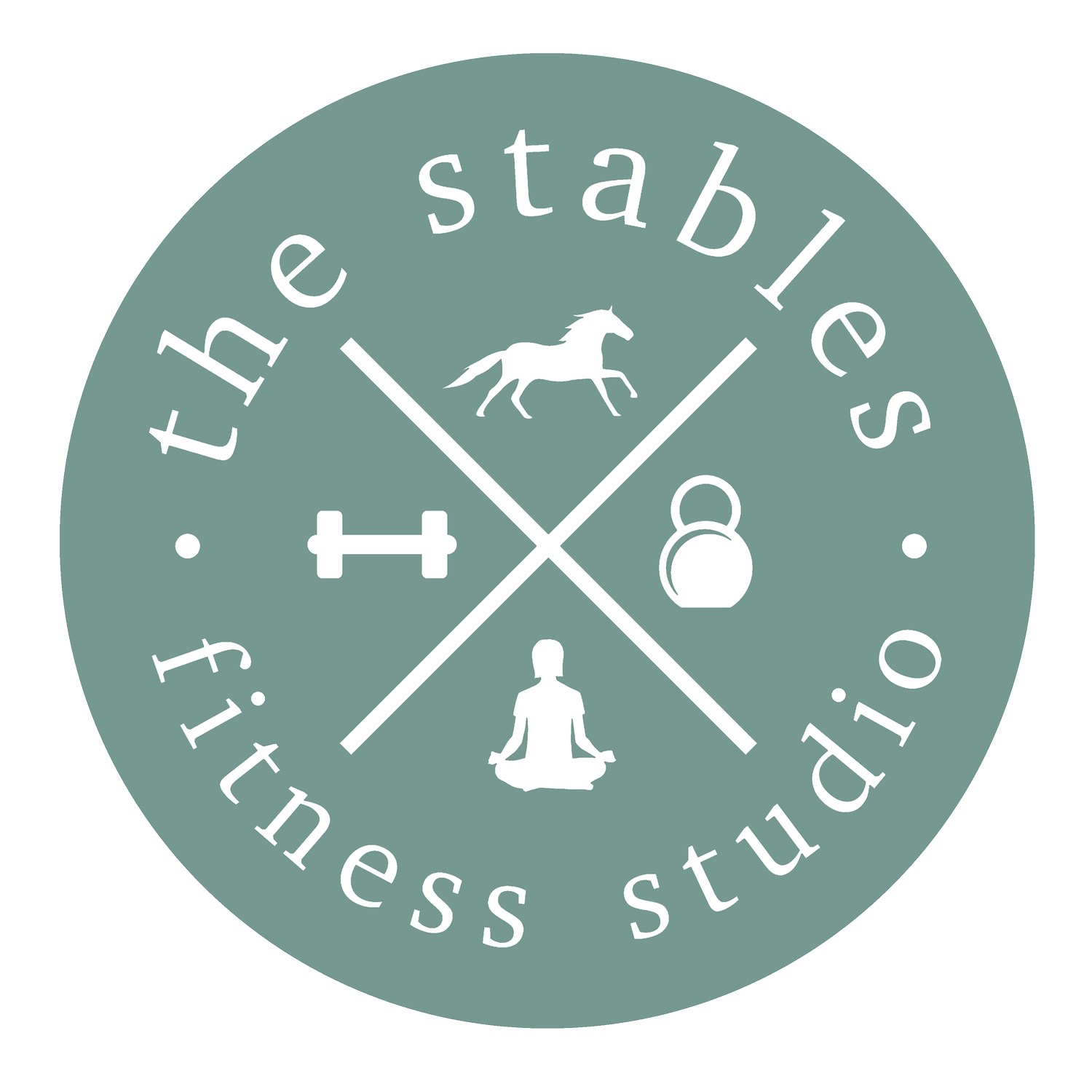From the Gym to Daily Life: Functional Strength Training for Active Ageing
From the Gym to Daily Life: Functional Strength Training for Active Ageing
I have the privilege of visiting Upper House Court, an assisted living complex for the over 65’s, once a week to work with a wonderful group of women ranging in age from 85-91 years young. For over 18 months I have watched these women improve their strength, balance and coordination. Being able to provide a service which helps these women stay active, live independently and socialise is a true highlight of my week.
Strength training is incredibly beneficial for seniors, as it enhances functional abilities and makes everyday tasks easier and safer. Here’s how it helps and some practical tips for incorporating functional exercises into a senior’s routine:
Benefits of Strength Training for Seniors
Improved Muscle Strength: Regular strength training helps maintain and build muscle mass, which naturally declines with age. This increased strength makes lifting, carrying, and performing daily activities easier.
Enhanced Balance and Stability: Stronger muscles contribute to better balance, reducing the risk of falls. Improved stability helps seniors navigate uneven surfaces and transitions, like getting in and out of chairs or walking on stairs.
Increased Flexibility and Mobility: Strength training often involves a full range of motion, which can improve flexibility and joint health, making it easier to perform everyday tasks like bending down or reaching up.
Better Endurance: Building strength can enhance overall endurance, allowing seniors to engage in activities for longer periods without fatigue.
Reduced Risk of Injury: Strength training strengthens connective tissues, which can help prevent injuries and promote faster recovery.
Boosted Confidence: As seniors gain strength and improve their functional abilities, they often feel more confident in their physical capabilities, encouraging them to engage in more activities.
Practical Tips for Incorporating Functional Exercises
Start with Bodyweight Exercises: Simple exercises like squats, lunges, and wall push-ups can be effective. These can be done without any equipment and can easily fit into a daily routine. Exercises can be scaled up or down depending on ability, for example, squats could be as simple as sitting on a chair and standing up again, with or without the assistance of arm rests.
Use Resistance Bands: Resistance bands are a great tool for seniors. They provide adjustable resistance and can be used for various exercises, including seated rows and leg extensions, to build strength safely.
Incorporate Everyday Movements: Encourage seniors to practice movements they use daily, like getting up from a chair, lifting grocery bags, or climbing stairs. For example, practicing standing up from a seated position can strengthen the muscles used for this task.
Balance Training: Include exercises like standing on one leg or heel-to-toe walking, to enhance stability and coordination. Even balancing on one leg while still lightly holding onto a chair or wall will help develop the muscles and connective tissues to improve balance.
Strength Training Classes: Look for senior-focused classes at local community centres or gyms. These often emphasise functional movements and provide a social environment.
Set Realistic Goals: Encourage seniors to set achievable goals, like completing a certain number of repetitions or being able to walk a specific distance without fatigue.
Consistency is Key: Aim for at least two to three sessions of strength training per week. Consistency is essential for seeing improvements.
Warm-Up and Cool Down: Always start with a warm-up to prepare the muscles and end with a cool down to prevent stiffness.
Listen to the Body: Encourage seniors to pay attention to how they feel during and after exercises. Adjustments should be made to avoid discomfort or pain.
Stay Hydrated and Nourished: Proper hydration and nutrition support muscle recovery and overall well-being, making exercise more effective.
By integrating these tips into their routine, seniors can enjoy the numerous benefits of strength training, leading to greater independence and a better quality of life
